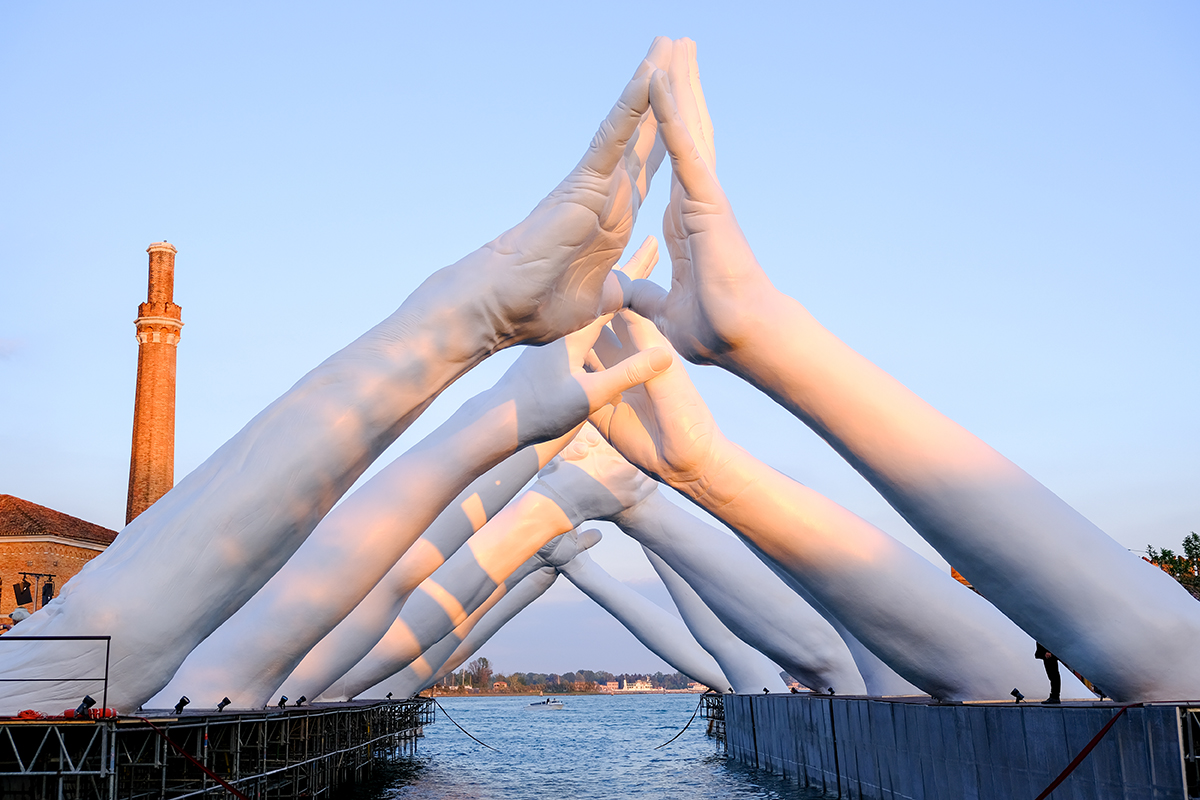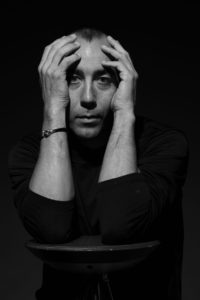
Alessia Caruso Fendi
The doyenne of the Rome fashion family Alessia Fendi speaks to LUX about Cleopatra, Mick Jagger, her insider tips, and her latest venture in the city
Why Rome is the eternal city
It is in an eternal renaissance, always evolving. Rome has everything visitors could want, from beauty and romance to food, history and culture.
Who I’d take on a tour
Cleopatra and Mickey Mouse. The Queen of Egypt was the lover of two of Rome’s most powerful men, and when she first came here in 46 BC there was the largest procession the city had seen. I’d take her through the winding streets of bohemian Trastavere, full of people, restaurants and bars, and home of the Horti di Cesare. I’d show Mickey Mouse how a Disney character would fit perfectly into the frenzy of the city. I’m sure he would speed on a scooter to reach Minnie!
Follow LUX on Instagram: luxthemagazine
My favourite place here
Rhinoceros Roma is a place like no other in the city. It was founded by my mother, Alda Fendi, in 2018. The gallery shows works by artists from Michelangelo to Picasso, and there are 25 luxurious apartments for guests. It was designed by French architect Jean Nouvel and has a vibe where new meets old, luxury meets state-of-the-art tech. It’s a special haven near many of the city’s most beloved historic sites.

Rhinoceros apud Saepta by Raffaele Curi in the Rhinoceros Roma gallery
My ideal dinner guests
I’d host Barbara Jatta, Director of the Vatican Museums, and Mick Jagger for dinner at Rhinoceros Roma’s new rooftop restaurant, Entr’acte. It combines breathtaking views over Rome’s red rooftops with delicious cuisine.
My favourite Roman dish
Coratella is a typical dish that dates back to ancient times. It is a combination of lamb offal, artichokes, white wine, garlic, olive oil, rosemary, salt and black pepper.

The Entr’acte terrace at dusk
Michaelangelo or Leonardo?
I’d have to say Michelangelo. He is one of the city’s most prominent artists and there are many examples of his genius here, from the Sistine Chapel and the Pietà in St Peter’s, to the Piazza del Campidoglio.
If you have one afternoon in Rome…
Go to the Baths of Caracalla – you will be amazed by the Roman architecture. Then dash to the Colosseum, Circus Maximus and relax at the Palatine Hill. Rome is very romantic The perfect place to propose is Giardino degli Aranci. The park has wonderful views across the city. Then celebrate with a meal at Entr’acte.

Old meets new in a sitting area in a Rhinoceros Roma apartment
My dream collaboration
I wish I’d worked with Issey Miyake to glorify his mix of craft, materials and technology through colours and geometries. I’d love to show his collections at Rhinoceros Roma. Italian artists I am looking at now I admire Pietro Ruffo, for his intricate pieces into which he incorporates ethical issues, with symbols such as dragonflies. I love Alessandro Piangiamore, whose beautiful works imprint flowers and leaves on concrete slabs. Alberto Di Fabio’s huge representations of the cosmos and the natural world are awe-inspiring.
Read more: Fausto Puglisi Interview: Refashioning Roberto Cavalli
One place I’d love to visit
Porquerolles, an island in the Parc National de Port-Cros in the Mediterranean. It’s been on my list for ages for its beauty and serenity. Coming from Rome, I am always on the lookout for quiet places to recharge in.
Find out more: rhinocerusroma.com
This article was first published in the Spring/Summer 2023 issue of LUX












Recent Comments